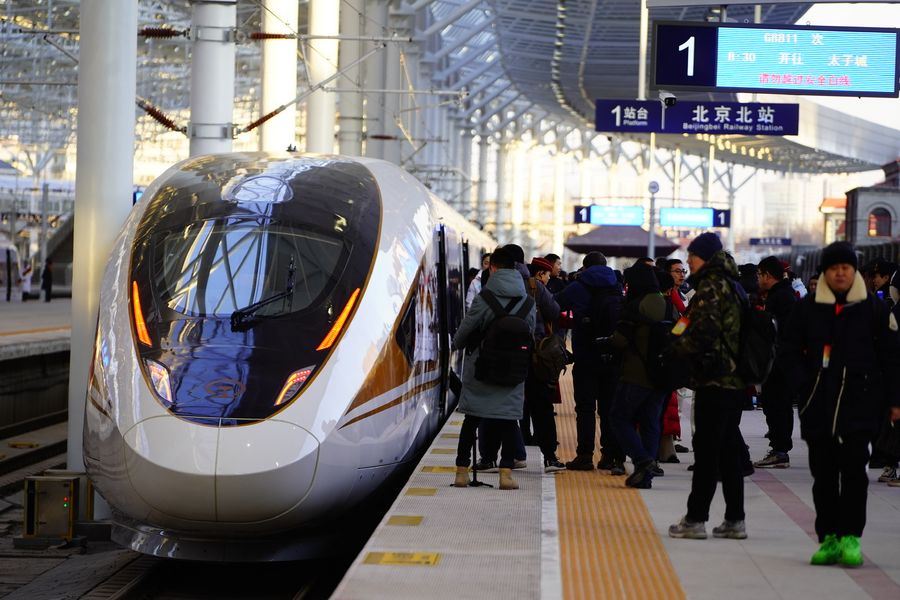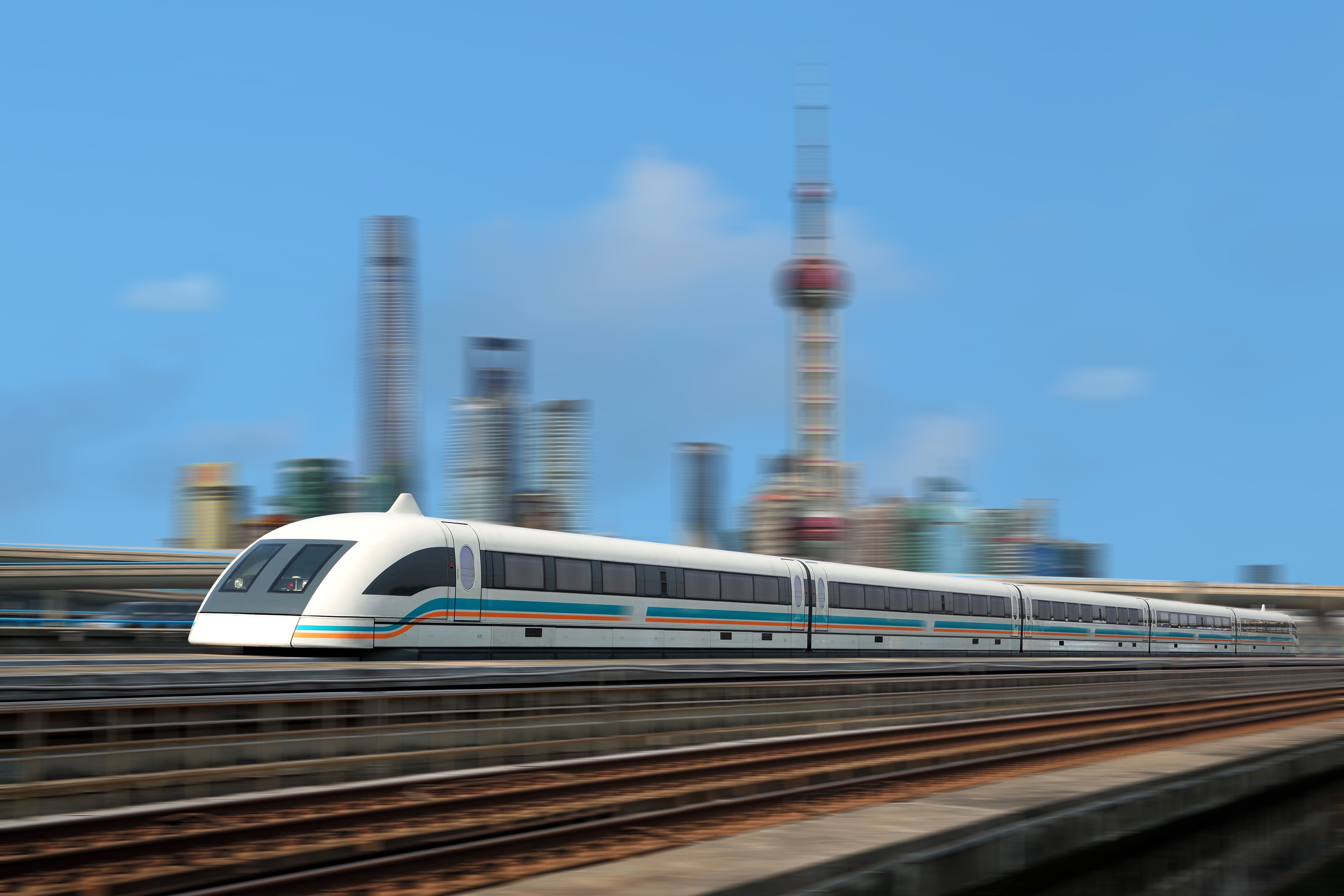Shinkansen – fast, safe, and independent
Author: Caroline Neuber
Punctual, safe, super fast – the new Shinkansen high-speed train, which has been in service in Japan since July, is said to be superior to all its predecessors. But can the N700S keep up with other high-speed trains?
Train travel is becoming more and more popular, and not only among die-hard fans. In 2019, a total of 150 million passengers in Germany discovered the charms of sitting on a train and letting the scenery roll by. According to Deutsche Bahn, there were 129 million long-distance passengers in 2014. And it’s not only Germany where the trend is moving towards rail. For it to be sustainable and, above all, competitive with air travel, one thing is essential: speed.
The new Shinkansen N700S
In July 2020, Japan presented its latest train in the high-speed network, the Shinkansen N700S. The S stands for supreme and the train comes with many superlatives. During the test phase, the train ran at up to 360 km/h. Due to the winding track, however, the allowed cruising speed is 285 km/h. Apart from the more comfortable seats and larger foot space, it’s also much lighter than the previous model N700A. Otherwise, the high-speed train, which runs between Tokyo and Osaka, can hardly be distinguished optically; only the nose of the railcar has been slightly modified to reduce noise when entering tunnels. The flagship’s true innovation are the lithium-ion batteries, which allow the train to continue its journey to the next evacuation station even in the event of a power failure, according to the rail operator Central Japan Railway Company (JR Central). This innovation is important in earthquake-prone Japan. However, the railway company doesn’t disclose how far the train will actually be able to travel under its own power.
China has great ambitions for high-speed transport
At first glance, what the Japanese have presented this year is fascinating. Even though the original plan to get the train on the tracks for the Summer Olympics didn’t work out because of the Corona pandemic, the Shinkansen Supreme has nothing to hide. But its competition is strong. One country in particular has been investing massively in the expansion of a high-speed network for years: the Chinese People’s Republic got on board late but wants to go big. According to the UIC Passenger Department, it has by far the most routes with 35,388 kilometers of track, followed by Spain with 3,330 kilometers. China also has something in store on those railway tracks, as the new G8811 gets by without a train driver. At least in theory; for safety reasons, there’s always a human being on board the locomotive. At a cruising speed of 350 km/h, it covers the 174-kilometer route from Beijing to Zhangjiahou in 47 minutes. Automatic departure, automatic speed regulation, automatic parking, and automatic door opening show what the future of long-distance transport could look like. For comparison: the latest version of the German ICE has a certified maximum speed of 250 km/h.


Germany used to be the leading nation when it came to fast trains. As early as 1988, the ICE set the world record of 406.9 km/h. But it took only two years until France broke this record and the TGV raced along the tracks at 515 km/h. In fact, the Japanese have meanwhile conquered the top spot and set a new world record of 603 km/h on a test track with the Maglev magnetic levitation train in 2015. But while these records are mainly about competition between manufacturers, the issue of safety during regular operation is crucial.
Independent expert organizations such as DEKRA also contribute to safety. For example, DEKRA Rail regularly tests, monitors, certifies, and assesses the rail infrastructure, as well as rail vehicles and new types of trains. Testing a train may involve laboratory and test track measurements as well as measurements on the network of the future country it will run in.
Rail transport moves closer to Vision Zero
In addition, DEKRA’s Netherlands-based railway division works closely with the validation team of the manufacturer to make sure all necessary tests are carried out. DEKRA experts are also consulted when it comes to finding causes of a rare train accident. Train buffers and tensile stiffness play an important role in collisions and derailments. “We’ve developed our own numerical models to calculate how the resulting change in speed is propagated through the train in the event of an accident,” Jean-Paul van Hengstum, Managing Director at DEKRA Rail, describes another area of responsibility. Last but not least, the railway experts are responsible for a model that can be used to calculate the severity of injury for passengers involved in a collision. “With this model, we can investigate how retrofitting existing trains with shock-absorbing components affect passenger safety,” van Hengstum explains. This could be the installation of crash buffers in the front section of the train and shock absorbers in couplings and between train cars. Other measures include optimizing buffer properties or installing modified couplings between cars. Modifications inside the train can affect the distance between seats, the positioning and rigidity of seats, or the position and shape of tables, to name a few examples.
In Europe, DEKRA is acknowledged to do all assessments according to the European Directives for Safety and Interoperability. “This European legislative framework and the accompanying technical specifications are so comprehensive that they have become a de facto world standard,” van Hengstum explains.
Trains are one of the safest means of transport
Even if the Shinkansen with its 285 km/h isn’t the fastest in the world – the models from China and also France reach cruising speeds of 320 km/h, as well as those from Spain at 330 km/h – the Japanese high-speed network is said to be the safest. According to JR Central, in 56 years of operation there haven’t been any accidents with injuries or deaths on board. This is also due to the fact that high-speed trains in Japan have their own network and don’t share the rail with slower trains, as is the case in Germany, for example. An analysis by the Pro-Rail Alliance shows that the risk of death for passenger car occupants is 56 times higher than for rail passengers. The difference is even greater when it comes to injuries, where the probability of an accident on the road is 133 times higher than on a train.
Looking to the future
Not just the Corona pandemic has shown that a rethink of air travel is taking place. The flight shame debate that started in Sweden, especially with regard to short-haul flights, has led to a demand for alternatives. Futuristic projects are gaining momentum. Elon Musk, co-founder of Tesla and SpaceX, wants to explore a new form of locomotion in so-called hyperloops in addition to tourism in space. Passengers are to be transported in a capsule through a partially vacuumized tube at almost the speed of sound. After a research group from the Technical University of Munich was able to prove itself in the international competition, a test track is now being built in Bavaria. The prototype will be 24 meters long and four meters high. “The Hyperloop has the potential to offer a fast, electric alternative on medium-length routes and thus enable more sustainable and environmentally friendly transport,” explains Prof. Agnes Jocher, head of the research program. Whether we’ll actually be able to get from A to B through tubes in the future also depends on production possibilities, the economic efficiency, and, last but not least, the safety of the means of transport.


